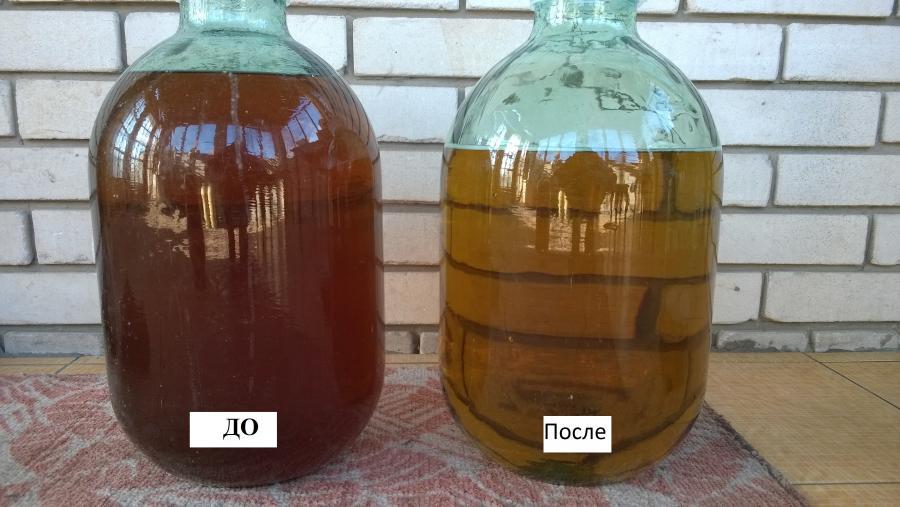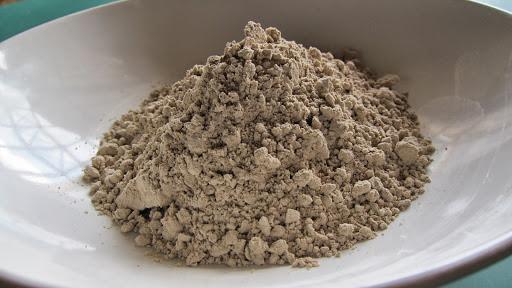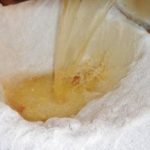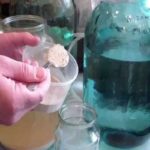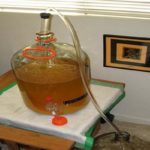Making homemade wine is an interesting and exciting process. Each winemaker has his own recipes and secrets of making drinks. Some prefer grape ones, others prefer berry or fruit wines. Removing drinks from sediment and impurities, clarifying and filtering the gifts of Dionysus is also a very responsible process. Using clay to clean wine is one way to get a beautiful, aromatic drink.
Pros and cons of using white clay to clean wine
There are several methods to rid young wine of sediment, yeasty taste and stop the fermentation process. Use egg white, gelatin, tannin, and skim milk. Using white clay is one of the most popular types of product cleaning. This clay is called bentonite. You can purchase it at a hardware store, in online stores for winemakers, or buy cat litter in the form of granules, the packaging of which contains the inscription: “100% bentonite without impurities and flavors.” Cosmetic varieties without additives are suitable.
The main disadvantage of such clarification is that it is not always possible to buy a special product for winemaking, and the use of cat litter scares most novice winemakers.
Important: clay to clarify wine must first be diluted with water.
Bentonite is chemically neutral, economical and cheap for the consumer. It can be used to re-clean the product if clarification by other methods (gelatin, egg white) does not produce results.
Calculation of proportions
To clarify 5 liters of wine you need 15 grams of bentonite. If you are not using special clay for winemaking, but a cosmetic version of the product or cat litter, the bentonite should be crushed and then placed on a baking sheet for baking. The process takes 40-45 minutes and is carried out at a temperature of 120-130 °C.
After calcination, the clay is crushed in a coffee grinder, the bentonite is stored in a tightly closed container so that the clay does not absorb moisture and foreign odors. Bentonite is best suited for clarifying grape wines. It is also used to remove fusel oils in the production of moonshine.
Instructions for use
1 part clay is poured with 10 parts water and left to swell for 12-14 hours. Then add more water, bringing the resulting lime to a liquid state. The wine in the container is intensively stirred to form a funnel, the clay suspension is poured into it and the container with the wine is set aside.
Problems with use
When using cat litter, a lightening test should be carried out on a small amount of the product. So as not to accidentally spoil the entire drink.
Bentonite cannot be added either to wine or to dry must. Then a large clump of cloudy substance will simply appear at the bottom of the dish, and the drink will be spoiled. The clay must first be prepared. The sediment from the wine must be immediately poured out of the container into a plastic bag or a handy container and thrown into the trash. To avoid clogging, do not pour it down the drain. The wine container is washed immediately, without waiting for the wine waste to harden.
Using bentonite allows you to get a high-quality and tasty drink with a rich taste and aroma at home.

